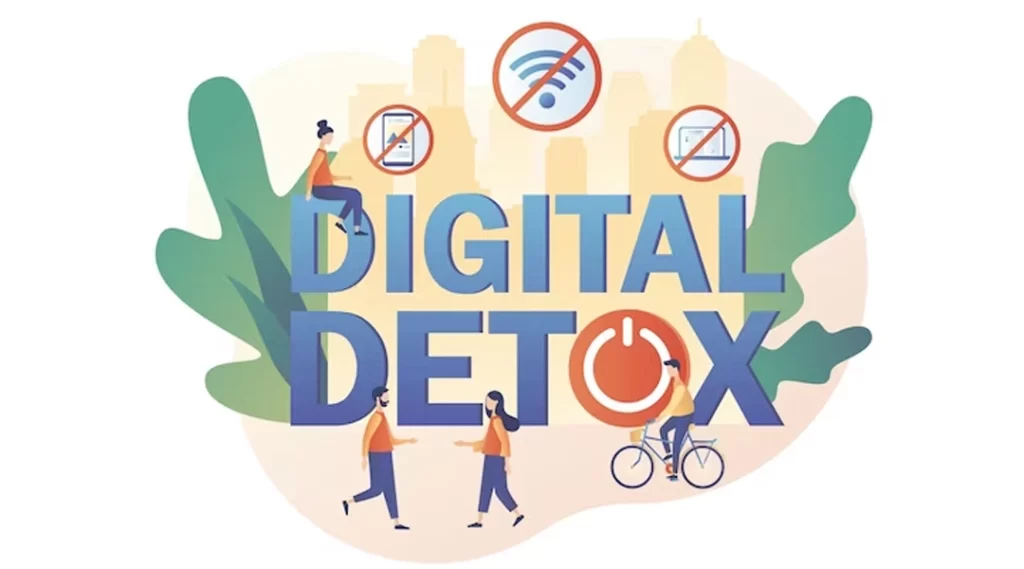October 09,2024
In an era dominated by screens and constant connectivity, the concept of a digital detox has gained significant traction. As technology becomes increasingly integrated into our daily lives, the need to step back and disconnect has never been more critical. This blog explores the importance of digital detox, its benefits, and practical steps for reclaiming your time and focus in a hyper-connected world.
Understanding Digital Detox
A digital detox involves intentionally taking a break from digital devices, such as smartphones, tablets, and computers. The objective is to reduce screen time and engage in activities that promote mental well-being, creativity, and real-world connections. While technology offers numerous benefits, excessive use can lead to stress, anxiety, and diminished attention spans.
The Benefits of a Digital Detox
- Improved Mental Health: Constant exposure to digital devices can contribute to feelings of anxiety and depression. Taking a break allows individuals to reset their minds, reducing stress and enhancing overall mental well-being.
- Enhanced Focus and Productivity: Multitasking on digital devices often hampers productivity. A digital detox can help individuals regain focus, leading to improved efficiency in both personal and professional tasks.
- Better Sleep Quality: The blue light emitted by screens can disrupt sleep patterns. Disconnecting before bedtime allows the brain to relax, promoting better sleep quality and overall health.
- Stronger Relationships: Excessive screen time can detract from meaningful in-person interactions. By stepping away from devices, individuals can foster deeper connections with family and friends.
- Increased Creativity: Constant distractions from digital devices can stifle creativity. A digital detox encourages individuals to engage in activities that stimulate their imagination, such as reading, drawing, or spending time in nature.
Practical Steps for a Successful Digital Detox
- Set Boundaries: Establish specific times for using digital devices and stick to them. Consider implementing a “no screens” policy during meals or family time.
- Designate Tech-Free Zones: Create areas in your home where digital devices are not allowed, such as bedrooms or dining rooms. This encourages more meaningful interactions and relaxation.
- Engage in Offline Activities: Explore hobbies that don’t involve screens, such as gardening, cooking, or exercising. Engaging in these activities can help you reconnect with yourself and your surroundings.
- Schedule Regular Breaks: Incorporate regular breaks from screens throughout your day. Short intervals away from technology can improve focus and productivity.
- Reflect on Your Digital Habits: Take time to assess how digital devices impact your life. Consider journaling about your experiences during the detox to gain insights into your relationship with technology.
Conclusion
In a world where digital devices are omnipresent, the need for a digital detox has become increasingly essential. By stepping back and disconnecting, individuals can reclaim their time, enhance their focus, and improve their overall well-being. Embracing the practice of digital detox can lead to a more balanced and fulfilling life, allowing for deeper connections with ourselves and those around us. The journey to reclaiming your time starts with a simple decision: to unplug and rediscover the world beyond the screen.

